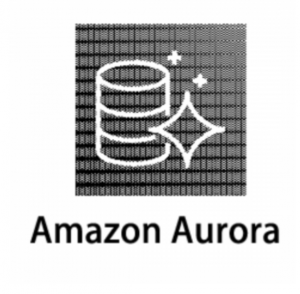AWS Aurora Global database deploy with CloudFormation is an easy task with a little help from our experts.
At Bobcares, we offer solutions for every query, big and small, as a part of our AWS Support Services.
Let’s take a look at how our AWS Support Team is ready to help customers understand more about the AWS Aurora Global database deploy with CloudFormation.
About AWS Aurora Global database deploy with CloudFormation
The individual availability zones in the AWS infrastructure are separate data centers. Furthermore, these availability zones(AZs) are in different distant places. In fact, we can span our resources across the AZs, they will be secure.

In fact, the AWS::RDS::GlobalCluster resource updates or creates an Amazon Aurora global database across different AWS Regions.
However, in the event of a large-scale disaster, we need to have region-across availability as well as a fail-over mechanism across regions.
The global database has a single primary cluster. Additionally, it has the read-write capability. The global database also has a read-only secondary cluster with data from the primary cluster via high-speed replication by the Aurora storage subsystem.
The Aurora Global database helps with disaster recovery and also assists in availability. Here are a few more features of AWS Aurora Global database:
- We can add up to five secondary regions to the primary region.
- We can replicate the Primary DB cluster’s data across secondary regions within five seconds.
- Require a manual promotion of the secondary regions in order to handle write/read endpoints within a minute.
- The secondary region’s cluster can have up to sixteen replicas since the clusters are low-latency read endpoints.
How to create a Global database cluster and primary database cluster
As the DB cluster of the secondary region has to be in a separate region from the primary region, we need to segregate the CloudFormation stacks as well. However, with CloudFormation being tied to the region, we have to change the primary region template when we deploy AWS Aurora Global database with CloudFormation. This involves setting a specific region in order to run the secondary resources template.
Here is the syntax to declare an entity in AWS CloudFormation template:
For YAML
Type: AWS::RDS::GlobalCluster Properties: DeletionProtection: Boolean Engine: String EngineVersion: String GlobalClusterIdentifier: String SourceDBClusterIdentifier: String StorageEncrypted: Boolean
For JSON
{
"Type" : "AWS::RDS::GlobalCluster",
"Properties" : {
"DeletionProtection" : Boolean,
"Engine" : String,
"EngineVersion" : String,
"GlobalClusterIdentifier" : String,
"SourceDBClusterIdentifier" : String,
"StorageEncrypted" : Boolean
}
}
[Need assistance with another query? We are available 24/7.]
Conclusion
In a nutshell, our skilled AWS Support Engineers at Bobcares helped us understand more about AWS Aurora Global database deploy with CloudFormation.
PREVENT YOUR SERVER FROM CRASHING!
Never again lose customers to poor server speed! Let us help you.
Our server experts will monitor & maintain your server 24/7 so that it remains lightning fast and secure.







0 Comments